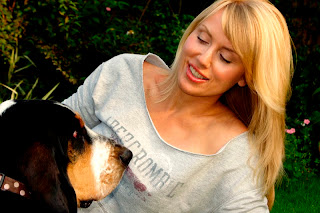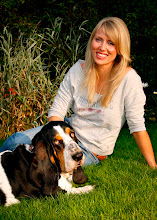As the countdown to Christmas begins, we take a look at some of the festive pet hazards that lurk within our homes.
Dangerous dinners - Leftovers from the Christmas meal, such as turkey bones shouldn’t be given to your pet. Bones can splinter easily causing damage to the intestine, and can cause choking if they get stuck in your pet’s throat. Christmas stuffing often contains onions and garlic both these ingredients contain the toxic ingredient thiosulphate. This can cause haemolytic anaemia, where the pet’s red blood cells burst while circulating in its body. Symptoms include laboured breathing, liver damage, vomiting, diarrhoea, and discoloured urine.
Mushrooms should also be avoided as certain types can be fatal. Avoid giving your pet any fat trimmings too, as this can cause pancreatitis. ‘Pigs in blankets’ (sausages wrapped in bacon) are a delicious addition to any Christmas plate, but the high levels of salt can cause a dog to drink too much water, which can develop into a life-threatening condition called bloat.
Nasty nibbles - Entertaining guests typically brings with it platefuls of nibbles such as nuts, raisins, grapes and clementines. However, Macadamia nuts, walnuts along with most varieties of nuts contain high amounts of phosphorus which can lead to bladder stones. And, as little as six nuts are enough to cause some dogs to develop muscular tremors and paralysis in their legs. Raisins and grapes are toxic and in large quantities have proven fatal, so keep the mince pies to yourself. Clementine pips and the kernels of plums, peaches and apricots are easily dropped onto the floor, but these contain a type of cyanide compound that can poison a dog if it eats enough, resulting in dilated pupils, breathing difficulties, hyperventilation and shock.
Ghastly gifts - Pets, especially dogs, are particularly curious of mystery packages so, make sure you keep any edible treats stored safely away. Chocolate is bad for dogs as it contains a compound called xanthines. Ingestion of chocolate can cause muscle tremors, difficultly in breathing, irregular heartbeats and in some cases it can be fatal. Once you’ve opened your gifts, make sure you safely dispose of the wrapping, especially plastic bits such as bows and ribbons. Fake snow, tinsel and foil are all potentially dangerous. These can make your pet very sick and can cause serious, if not fatal, digestive problems or lacerations in their throat and mouth.
Terrible tipples - Most of us enjoy a tipple during the festive season, but remember that alcohol should be strictly kept in the hands of humans and away from furry paws! Dogs are much more susceptible to the poisonous effects of alcohol and ingestion can lead to laboured breathing, behavioural changes, hypothermia, seizures and cardiac arrest.
Poisonous plants - There’s nothing better than a kiss under the mistletoe, but make sure your pet doesn’t eat any. Mistletoe and holly berries are very poisonous, as are poinsettias, a favourite plant to spruce up your home at this festive time. Be aware of your pets drinking any Christmas tree water; the stagnant water can be very toxic to our four-legged friends, especially to cats.
Outdoor encounters - Make sure you keep antifreeze for your car out of your pets reach. Every year many pets are accidentally poisoned by it. The substance tastes sweet to pets, which encourages them to drink. As a precaution, don’t allow your pet to drink from any puddles particularly while out on a walk, as it may contain antifreeze.
Have a happy and safe Christmas with your pets!























